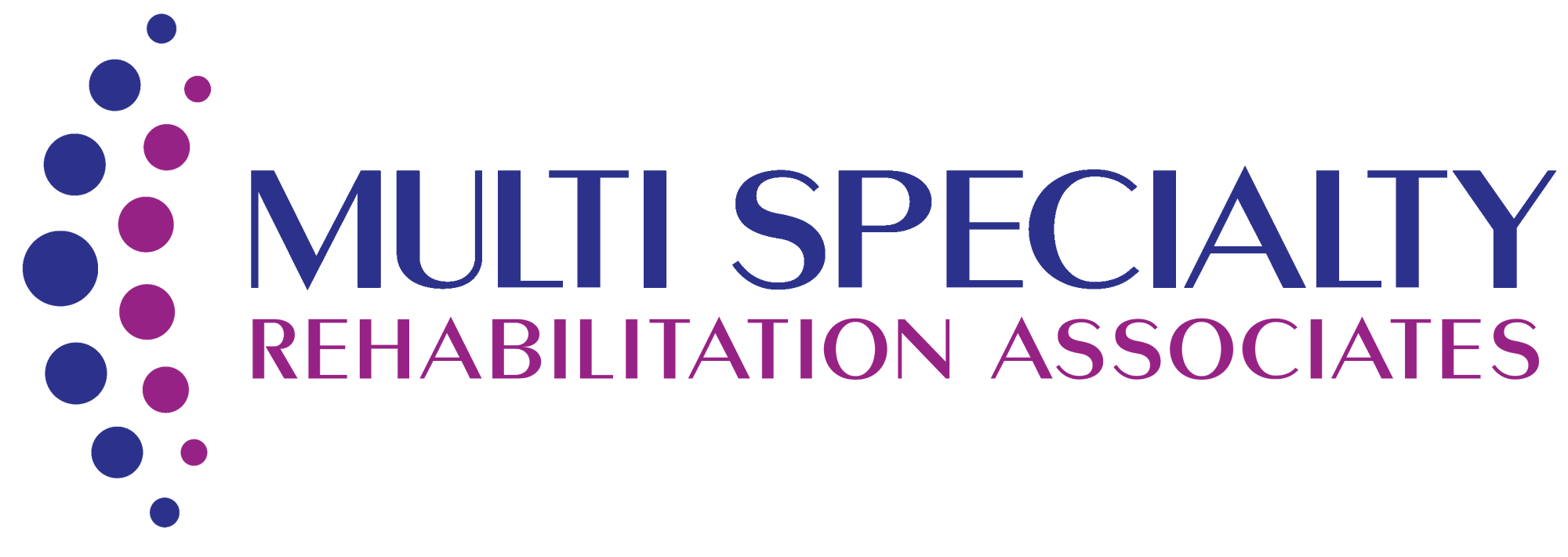(FAQ) About Chiropractic Care
What is chiropractic care?
Chiropractic care is a healthcare discipline that focuses on diagnosing and treating musculoskeletal disorders, particularly those involving the spine. Chiropractors use manual adjustments, spinal manipulation, and other techniques to alleviate pain and improve function.
What conditions do chiropractors treat?
Chiropractors commonly treat:
- Back pain (e.g., lower back pain, herniated discs)
- Neck pain (e.g., whiplash, stiffness)
- Headaches and migraines
- Sciatica (pain radiating down the leg from the lower back)
- Joint pain (e.g., shoulder, hip, knee)
- Sports injuries
- Scoliosis (abnormal curvature of the spine)
- Carpal tunnel syndrome
- Tension and stress-related pain
How does chiropractic treatment work?
Chiropractic treatment involves manual spinal adjustments, also known as spinal manipulations. The chiropractor uses controlled force to realign joints, relieve pressure on nerves, and restore proper movement. Techniques may include:
- Spinal adjustments: Aligning the spine to reduce pain and improve mobility.
- Soft tissue therapy: Techniques such as massage or stretching to relieve muscle tension.
- Exercise and rehabilitation: Strengthening exercises to support recovery and prevent future injuries.
- Lifestyle advice: Recommendations on posture, ergonomics, and nutrition to enhance overall wellness.
Is chiropractic care safe?
Yes, chiropractic care is generally considered safe when performed by a licensed and experienced chiropractor. While some patients may experience mild soreness after an adjustment, serious complications are rare. Chiropractors take a detailed health history to ensure treatment is appropriate and safe for each individual.
What should I expect during my first visit to a chiropractor?
During your first visit, the chiropractor will:
- Review your medical history and discuss your symptoms.
- Perform a physical exam, including an evaluation of your posture, range of motion, and any areas of discomfort.
- May recommend imaging tests like X-rays if necessary.
- Create a treatment plan tailored to your needs, which may include spinal adjustments, exercises, and lifestyle recommendations.
How often do I need chiropractic adjustments?
The frequency of chiropractic adjustments depends on your condition and treatment goals. Some patients may require multiple sessions per week at the beginning of treatment, while others may only need periodic visits for maintenance. Your chiropractor will develop a personalized treatment plan based on your specific needs.
Can chiropractic care help with headaches?
Yes, chiropractic care can be effective in treating certain types of headaches, particularly tension headaches and migraines. Spinal adjustments can help reduce tension in the neck and upper back, which can relieve headache symptoms. Chiropractors may also offer advice on posture and stress management to prevent future headaches.
Does chiropractic care help with sciatica?
Chiropractic care is often used to treat sciatica, a condition where the sciatic nerve is compressed, causing pain that radiates from the lower back down the leg. Spinal adjustments can help relieve pressure on the nerve and alleviate pain. Chiropractors may also recommend exercises to strengthen the lower back and prevent recurrence.
Can chiropractic care prevent injuries?
Chiropractic care can help prevent injuries by improving joint mobility, flexibility, and muscle strength. Regular adjustments can also address minor misalignments before they lead to bigger problems. Chiropractors may provide guidance on ergonomics, proper lifting techniques, and exercise to reduce the risk of injury.
Are chiropractic adjustments painful?
Chiropractic adjustments are typically not painful. You may feel pressure or a slight popping sound as the joints are realigned, but most patients find the procedure comfortable or even relieving. Some individuals may experience mild soreness afterward, similar to how muscles feel after exercise.
Can I see a chiropractor if I’m pregnant?
Yes, chiropractic care is generally safe for pregnant women. Many chiropractors are trained in techniques to accommodate the unique needs of pregnant patients. Chiropractic care can help alleviate common pregnancy-related issues, such as back pain, pelvic pain, and discomfort caused by changes in posture.
Can chiropractic care help with sports injuries?
Yes, chiropractic care is commonly used to treat sports injuries, such as sprains, strains, and joint pain. Chiropractors can help improve joint mobility, reduce inflammation, and speed up the healing process. They may also provide advice on stretching and strengthening exercises to prevent future injuries.
How does chiropractic care differ from physical therapy?
While both chiropractic care and physical therapy focus on improving mobility and reducing pain, they use different approaches:
- Chiropractors primarily focus on spinal adjustments and manual manipulation to correct misalignments and relieve pressure on the nervous system.
- Physical therapists typically focus on exercises, stretches, and rehabilitation techniques to restore strength, flexibility, and function. In some cases, patients may benefit from a combination of both treatments.
Is chiropractic care covered by insurance?
Many insurance plans cover chiropractic care, though coverage may vary depending on your provider and plan. It’s important to check with your insurance company to understand the specifics of your coverage, including copays, deductibles, and any limits on the number of visits.
Can chiropractic care treat conditions outside of back pain?
Yes, while chiropractors are best known for treating back and neck pain, they also address conditions related to the musculoskeletal system, such as joint pain, headaches, and sports injuries. Chiropractors may also offer holistic health advice to improve overall wellness.
How do I choose the right chiropractor?
To choose the right chiropractor:
- Check credentials: Ensure they are licensed and have the proper training.
- Ask for recommendations: Ask friends, family, or your primary care physician for referrals.
- Research specialties: Some chiropractors specialize in areas such as sports injuries, pediatrics, or prenatal care.
- Schedule a consultation: Meet with the chiropractor to discuss your needs and treatment goals before committing to care.

